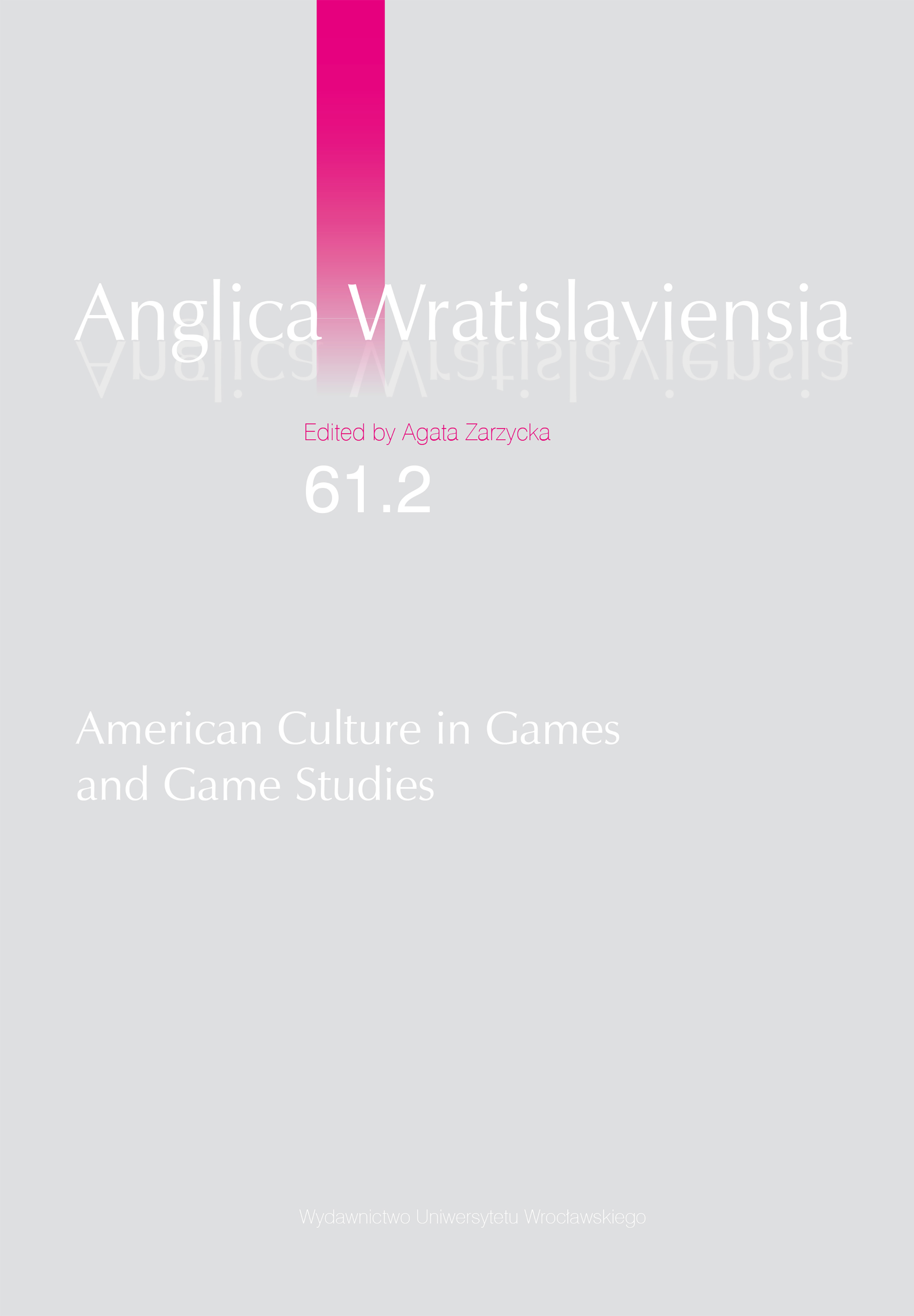

Articles

This article offers a flexible method for analyzing drug representations in video games as they map onto lived social realities outside the game with a particular focus on US cultures. While drugs have received ample attention in popular culture studies—especially in film and television studies—game studies has been slow to produce systematic analyses of these important cultural artefacts expressed through the video game medium. Drawing upon Donna Haraway’s cyborg politics and Steven Conway’s ludic framework (with the addition of allo-ludic play), this essay offers game studies scholars a flexible—perhaps even a “turnt”—taxonomy for analyzing the imbrication of virtual drugs inside the game and oppressive, discriminatory, and inequitable conditions of life in America outside the game. Through a brief analysis of stimulants, depressants, and psychedelics in Triple-A and indie games, the essay argues for the importance of studying drugs in video games to understand the complex, intersecting histories of the rise of the video game medium alongside the changeful histories of US drug policies, laws, and enforcement.